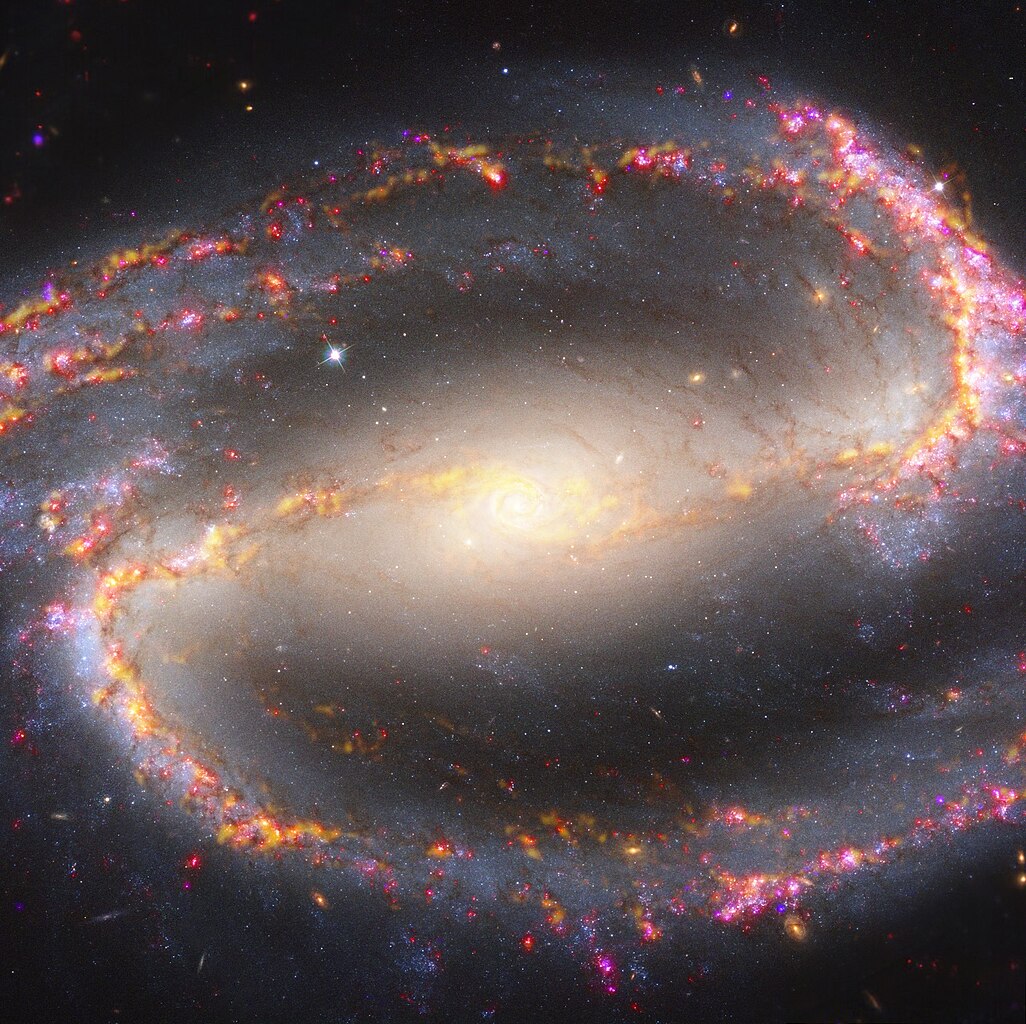
40-Multiwavelength Astronomy: The Big Picture
November 22

Until the 20th century, astronomers learned virtually all they knew about sources in the sky from only the tiny fraction of electromagnetic radiation that is visible to the eye.
However, as astronomers have discovered how to collect radiation outside this part of the spectrum, they have been able to learn much more about the universe. Many objects reveal different aspects of their composition and behavior at different wavelengths. Other objects are completely invisible at one wavelength, yet are clearly visible at another.
In this video, Dr. Padi Boyd explains the exciting future of multiwavelength astronomy and how important Hubble is to exploring the mysteries of the universe.